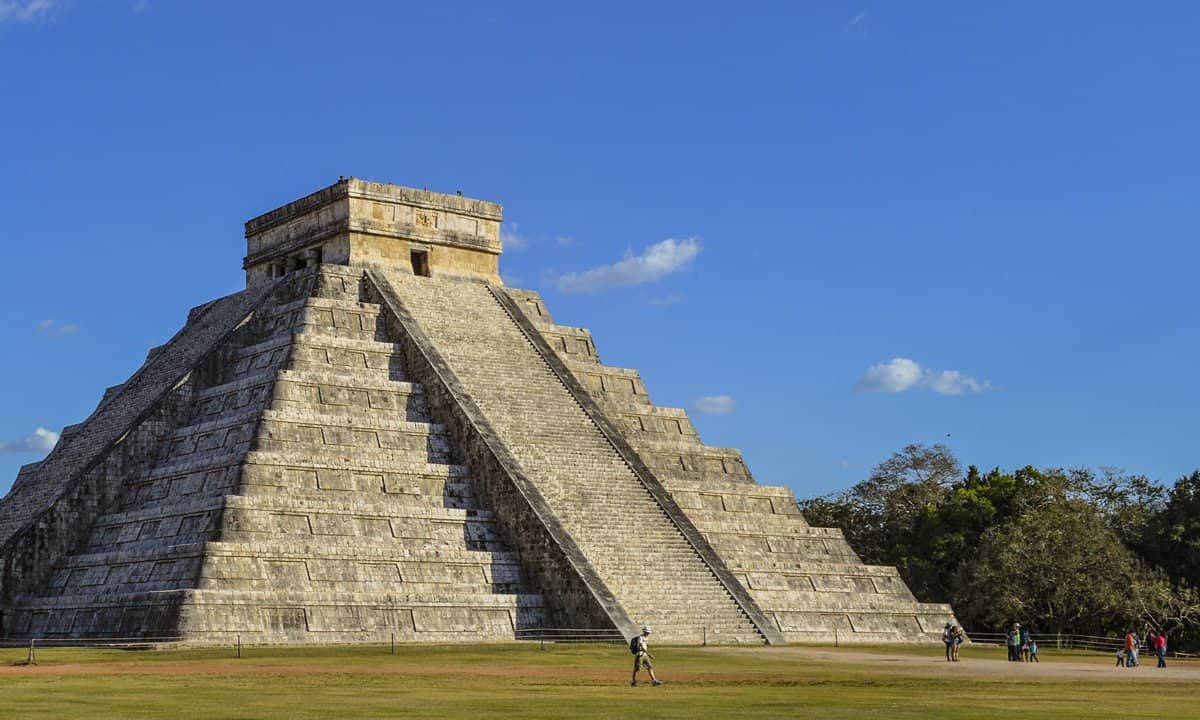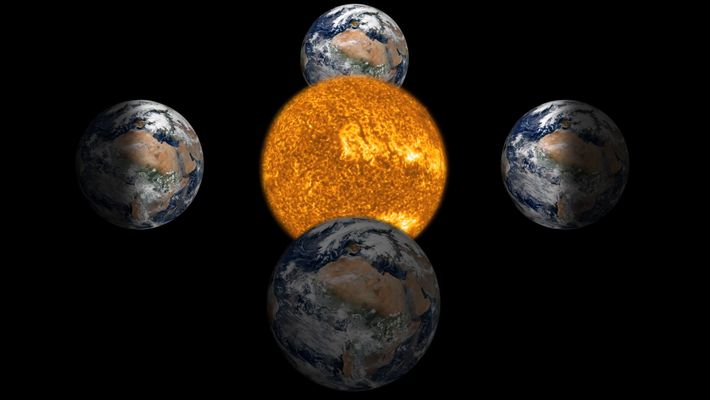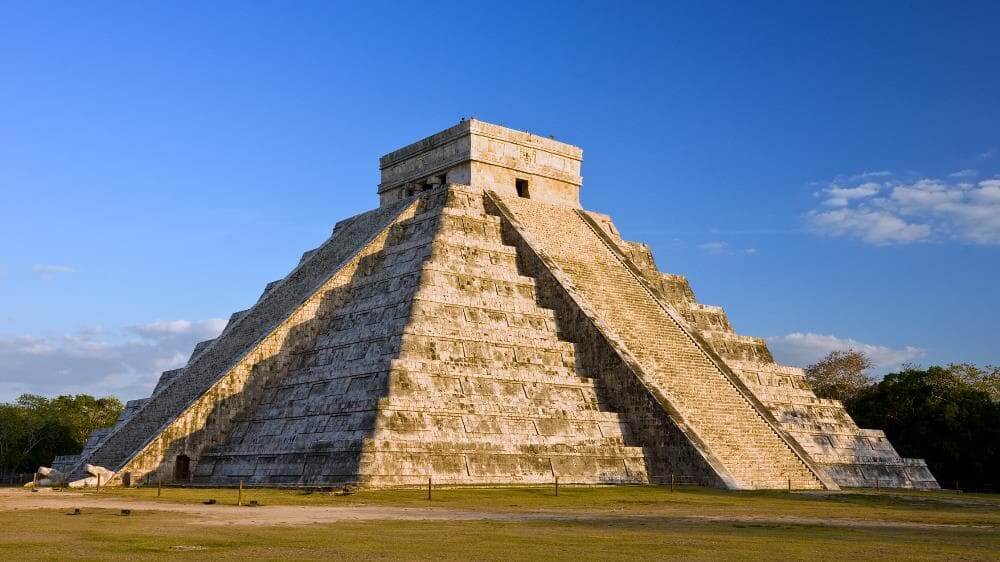This season, the sun will start setting lower and lower, making nights last longer. This can only mean one thing: summer is coming to an end for the northern hemisphere. The fall equinox will then arrive on Thursday, September 22nd, setting off the official start of fall for the northern hemisphere and the beginning of spring for the southern hemisphere. So with only a month left of summer, here’s everything you need to know about the upcoming equinox and of course, what to expect from an Equinox in Chichen Itza.
Don't miss out on the Equinox in Chichen Itza this year, book your tickets now.

The word equinox comes from Latin and means "equal night", which refers to the day and night of approximately 12 hours each that occur only on the two equinoxes of the year.
For many millennial civilizations, like the Maya, equinox meant the beginning of a season. In this case, the fall equinox shows shorter days and it’s characterized by the falling of the leaves and the beginning of the coldest time of the year, including harvest season and animal migration.
Equinoxes occur when the sun is located exactly over the equator of the planet. This happens twice a year, making the day and the night of equal length. This neat division in our 24-hour day is linked to the same reason why the Earth has seasons.
If we get precise, the planet rotates on an axis with an inclination of 23.5 degrees to its orbital plane. This means that as the Earth makes its 365-day orbit, the hemispheres tilt and are therefore closer or farther away from the sun's rays.
This causes the terminator or dividing line between the day and night parts of the planet, to pass through the planet's north and south poles. This angle causes the entire planet to experience the same amount of light and darkness for one day twice a year.

Yes and no, you see, in the northern hemisphere, for example, the vernal equinox marks the beginning of spring around March 21, while the autumnal equinox signals the beginning of autumn around September 22. While on the other half of the planet, during the same times, they experience autumn in March and spring in September.
This equals that as December approaches, the northern hemisphere will tilt farther and farther away from the sun and receive its rays at a steeper angle, resulting in darker days and colder winter weather conditions. Finally, the sun will reach its lowest point in the midday sky, marking the solstice in December.
One of the most famous spots to witness the Equinox is Chichen Itza. You’ll probably know this but still, we’ll tell you why.
The Mayans were so aware of the seasons changing, that their studies of astronomy and maths, allowed them to build according to these natural phenomena. So an impressive building such as the Pyramid of Kukulkan sure reflects the Mayan knowledge of the universe.
What you can see happening on those days, during the setting of the sun, is the descending of the serpent's shadow step by step in El Castillo Pyramid. The shadow effect that the Mayans created, showcases a 120 ft length snake creeping downstairs until it joins a huge serpent’s head at the bottom of the stairway.
Not many realize that Equinox occurs twice a year. Most tourists are focused to experience the Spring Equinox in Chichen Itza and forget that it happens again during the fall. There’s no doubt that March is the best time to travel to the Yucatan Peninsula and live the Chichen Itza experience. But still, the Fall Equinox is something you don’t want to miss out on. Even if you have been to the Spring Equinox, you can always expect something different and unique at the same time.
Remember, Equinox is a phenomenon that lasts for a couple of days. September 22nd is this year’s official date for the beginning of the Equinox, but it last from Thursday, September 22, to Saturday, October 8.
*These biannual phenomena are called the vernal equinox and the autumnal equinox. Along with the planet's two solstices, the equinoxes mark the change of seasons.

Source: National Geographic